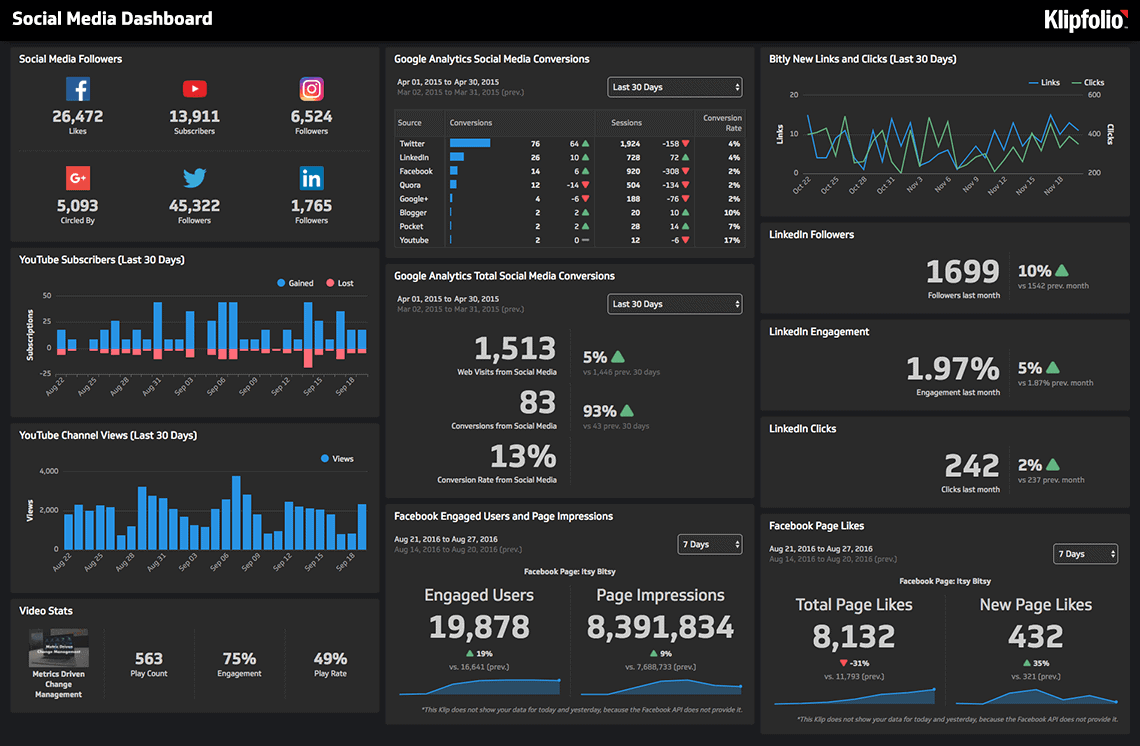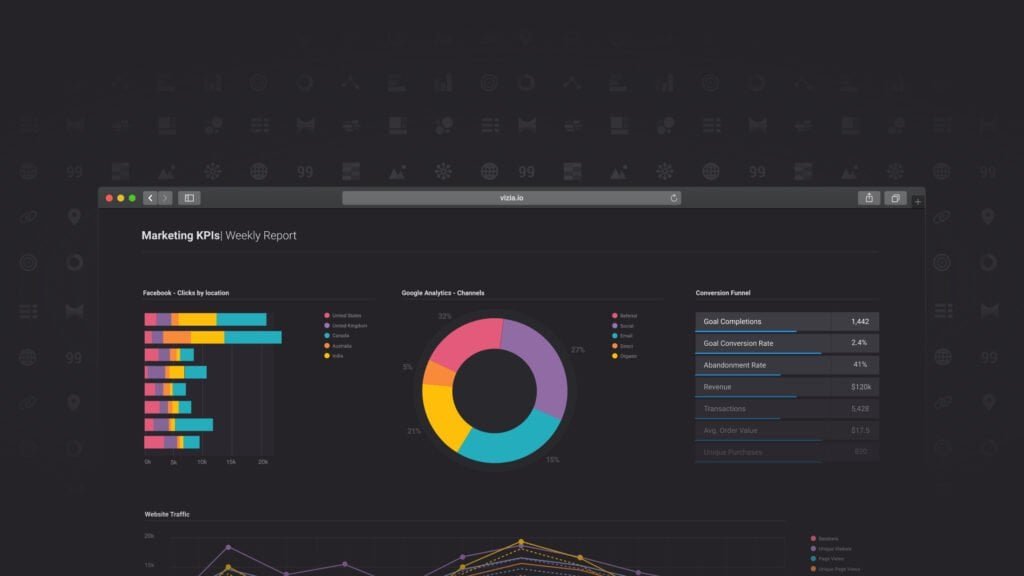Oh, hello there, digital outlaw! You know as well as me that the secret sauce of many successful campaigns is a collaboration with an influencer. Now we’re going to talk about tracking the results of that collaboration: absorbing information on influencer marketing in all its data-related glory. Hold on tight, because we’re about to take a hard analytics turn and see how you can build a completely new influencer marketing playbook through data.
Unleash the Power of Analytics: Your Ultimate Guide to Measuring Success
Let’s get down with the nitty-gritty! By the time we’re done with each other, you’ll know how to turn your influencer glory into a data-driven beast.
The Foundation of Influencer Impact: Setting Clear Goals and KPIs
Before we get into the specifics of tracking, we should talk about the key to any successful influencer campaign: having clearly defined goals. Because different businesses want very different things from influencer marketing, you will, of course, likely have different goals or campaigns with different goals. Are you aiming to increase brand awareness? To drive sales? To increase website traffic? Possibly all of the above? Each of these goals requires a different set of KPIs to be tracked intelligently. If you are hoping to increase brand awareness, for instance, you might choose KPIs involving reach, impressions and engagement rates; if you are hoping to drive sales, you might focus on conversion rates, click-through rates and revenue generated from the influencer-driven traffic to your site.
The Tech Toolkit: Essential Tools for Tracking Campaign Performance
And now, since in the robot age we need goals more than ever, we can jump into tech. Our first class of tools here will be social media analytics platforms, such as Sprout Social and Hootsuite Insights. They offer dashboards that let you track your reach, engagement rates and other metrics across various social media in a single overview. Then, we can turn to specialised influencer marketing platforms that combine multiple functionalities in a single tool, like Traackr, Upfluence and AspireIQ.

Mastering the Art of Attribution: Connecting Influencer Efforts to Real Results
You know that feeling when you can’t really be sure which of your marketing efforts led to that sale? Now give that feeling an injection of steroids and amplify it a hundredfold, and you will have figured out influencer marketing. The good news is, there are ways to attribute the business effects of influencer collaborations with the right tools.
The Attribution Puzzle: Unraveling the Customer Journey
The first thing to recognise is that the ‘customer journey’ is rarely a straight line; it’s more often a dense network of touchpoints and interactions. A prospective customer might notice your brand through an Instagram post by an influencer (touchpoint 1). Then they might visit your website (touchpoint 2), then see a retargeting ad (touchpoint 3), and subsequently buy (touchpoint 5) because they received an email campaign offer (touchpoint 4). How do you assign that conversion? Multi-touch attribution models aim to assign credit to each and every touchpoint that contributed to a conversion, not just the last one.
Real-Time Tracking: Staying Agile in a Fast-Paced Digital World
In a social media world where everything is subject to rapid change, tracking in real-time is essential to influencer campaigns. Many of the major social media channels provide real-time analytics, but you might want to consider deploying a social listening tool such as Brandwatch or Sprout Social. Set up alerts for sudden spikes of mentions, sentiment changes or viral content linked to your campaign, and integrate custom dashboards displaying your most important metrics in real-time—use them to identify trends and juicy insights or nip problems in the bud.

Beyond the Numbers: Qualitative Analysis for Deeper Insights
Numbers aren’t everything—sometimes you can tell that an influencer post is less than a glowing recommendation because there’s no way the person you’re looking at could ever have read the book. Sometimes you’ve just got to read between the lines.
Sentiment Analysis: Gauging the Emotional Impact of Influencer Content
Sentiment analysis is some of the most severe judgement on the world beyond your control and could be a great way to break through influencer fatigue. Thanks to natural language processing, it flags social media mentions, comments and other text-based interactions by their emotional tone (positive, negative, or neutral). Tools from Brandwatch and Talkwalker can each offer brands customised sentiment analysis, so you have a solid sense of how your audience feels about your brand—and what your influencers are talking about.
Content Performance Deep Dive: What’s Really Resonating with Your Audience?
This isn’t solely focused on numbers such as likes or shares; it’s about analysing whether content performs better because it embodies the platform rules or offers anything new. By analysing your top-performing influencer content, what is it specifically that features across these posts? Is it a particular visual style? A tone of voice? The timing of the post? Extracting these patterns from your top-performing influencer content will allow you to refine your influencer approach and generate organisational content guidelines more likely to engage your target audience.
The Future of Influencer Analytics: Emerging Trends and Technologies
As the influence of influencers grows, it’s no surprise that marketers’ use of influencer analytics will continue to grow, too. Here are some trends to watch.
AI and Machine Learning: The Next Frontier in Influencer Analytics
Artificial intelligence and machine learning are also likely to completely transform how we can analyse influencer campaigns, a topic that I am personally conducting research into. An AI system can digest thousands of pieces of data in minutes and find insights that a human might not be able to spot. Picture an influencer looking at a piece of content on their Instagram feed. That person’s eye might immediately be drawn to, say, a floral dress in the picture. But the human brain can’t process all the other elements on the screen at once. However, an AI-driven system that’s been developed for image recognition can. It can shift through the data on all those other elements to see which visual features (for example, the objects, colours, composition, backgrounds, and so on) have the greatest impact, triggering the most engagement. In a similar way, machine learning algorithms could predict how well various types of influencer content would perform before any content has even been published.
Blockchain and Influencer Transparency: Building Trust Through Data
Blockchain holds out the possibility of increasing transparency in the influencer industry amid growing worries that fake follower counts and engagement are defrauding brands. A blockchain can act as an immutable record of an influencer’s metrics, which makes it difficult for a bad actor to fake their numbers. Some platforms are already experimenting with blockchain-based influencer marketplaces, in which brands can purchase ads using smart contracts while verifying performance data.

Conclusion
Whew! We’ve covered a lot of ground here, haven’t we? From creating straightforward goals and KPIs to leveraging bleeding-edge technologies such as AI and blockchain to track and analyse the ROI of influencer partnerships is a complex but could be very rewarding process. Using the right mix of quantitative and qualitative data to understand the performance of your influencer campaigns will be the key to unlocking the most value from them. Staying at the forefront of influencer analytics tools and direction can help you maximize your influencer investments and help to differentiate you from your competitors.
FAQs
How often should I be analyzing my influencer campaign data? Monitor effectiveness continuously, with fuller analysis at select milestones (e.g., halfway through the campaign; the end of the campaign) and select time frames (e.g., measured monthly or quarterly) by optimising campaign dimensions.
What’s the most important metric to track for influencer campaigns? Overall, it really depends on your campaign objectives, but engagement rate will usually be an important gauge of content performance.
How can I improve the accuracy of my influencer campaign attribution? Use a blend of unique tracking links, promo codes (including shortened URLs), and multi-touch attribution models to get a more complete picture of the influence of influencer content on conversions.

